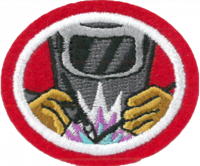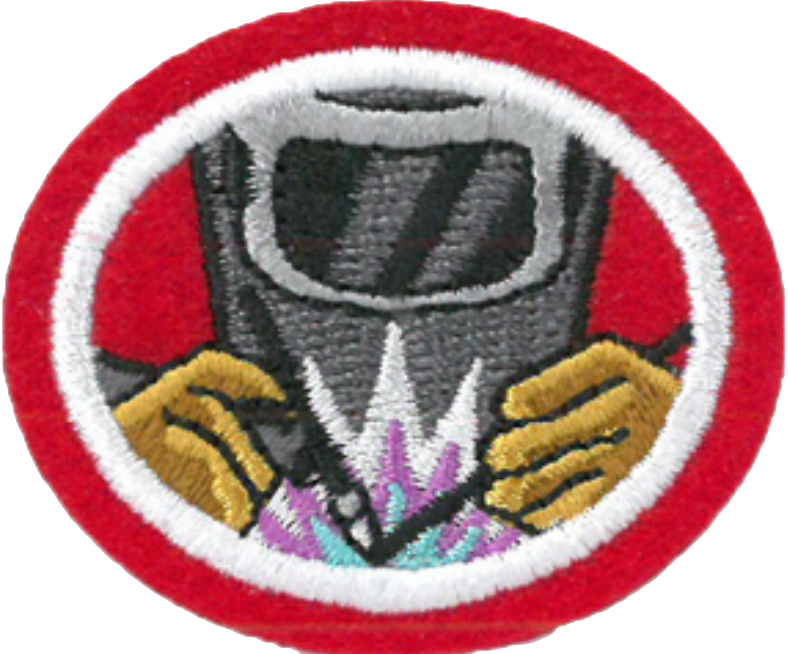Difference between revisions of "AY Honors/Welding/Requirements"
Jomegat bot (talk | contribs) m (Protected "AY Honors/Welding (General Conference)/Requirements": Bot: Protecting all pages from category .*/e[sn] ([Move=Allow only administrators] (indefinite) [Edit=Allow only administrators] (indefinite))) |
Jomegat bot (talk | contribs) (Bot: Automated import of articles *** existing text overwritten ***) |
||
| Line 1: | Line 1: | ||
| − | + | {{HonorSubpage}} | |
| + | |||
| − | |||
<section begin=Body /> | <section begin=Body /> | ||
| Line 57: | Line 57: | ||
[[Category:Honor Requirements|{{#titleparts:{{PAGENAME}}|1|2}}]] | [[Category:Honor Requirements|{{#titleparts:{{PAGENAME}}|1|2}}]] | ||
[[Category:Honor Requirements Revision 3|{{#titleparts:{{PAGENAME}}|1|2}}]] | [[Category:Honor Requirements Revision 3|{{#titleparts:{{PAGENAME}}|1|2}}]] | ||
| − | </translate></noinclude> | + | <noinclude></translate></noinclude> |
| + | {{CloseHonorPage}} | ||
Revision as of 04:14, 19 March 2021
1. Identify all parts of the following:
- a. Welding and cutting torches
- b. Oxygen and acetylene gauges and their differences
- c. Oxygen and acetylene hoses and their differences
- d. Oxygen and acetylene tanks and their differences
2. Explain the safe working pressures of oxygen and acetylene, as per your instructor's directions, for various procedures.
3. While blindfolded, demonstrate ability to hook up an entire oxyacetylene kit, including tanks, gauges, hoses, and torches, and light the same.**
4. As per your instructor's directions, weld two mild steel test plates (1/8 inch x 1 inch x 8 inches) (0.3 cm x 2.5 cm x 20.3 cm) in horizontal, and vertical positions.
5. Use a cutting torch and demonstrate your skill by making one 12 inches (30.5 cm) straight-line cut, one circle cut of at least 3 inches (7.6 cm) in diameter and one 3 inch (7.6 cm) star cut. The cuts are to be made on mild steel plate at least 1/4 inch (0.6 cm) thick.
6. Demonstrate your ability to braze a cast-iron object with at least 1/4 inch (0.6 cm) double bevel butt weld 2 inches (5 cm) long.
7. Explain the safety precautions and safety equipment normally used in electric welding in relation to eyes, hands, and exposed skin areas. Why should the tank valves never be oiled?
8. Explain the difference between oxyacetylene and electric arc welding.
9. Demonstrate ability to select from an electrode guide the proper amperage and electrode for various types and thicknesses of metal.
10. Demonstrate ability to weld flat, vertical, horizontal, and overhead on (1/8 inch x 1 inch x 8 inches) (0.3 cm x 2.5 cm x 20.3 cm) mild steel test plates.
Note: An instructor is a must. Welding is a very critical and serious skill to learn and is not a home-type course. Welding essentially takes the place of bolts and rivets, and if not properly done, is most dangerous. Example: A trailer hitch not properly bonded, or machinery exposed to the strain of pull or weight, is an invitation to disaster.
Note: **This requirement demonstrates one's skill in working in darkness, such as in an emergency. All acetylene connection threads are left-handed, while all oxygen connection threads are right-handed.


